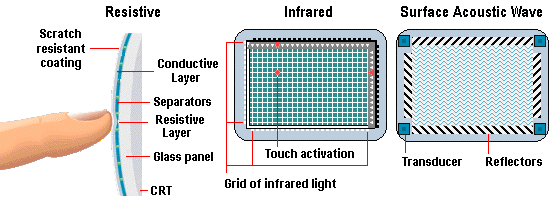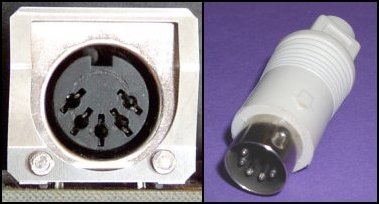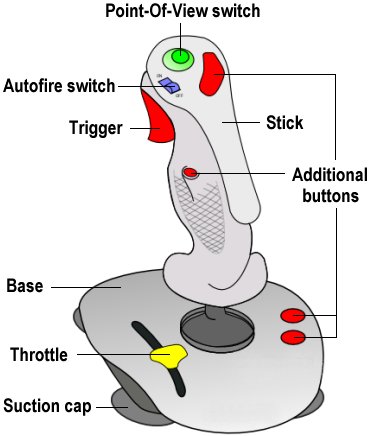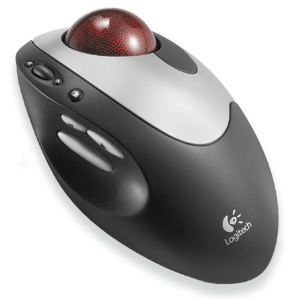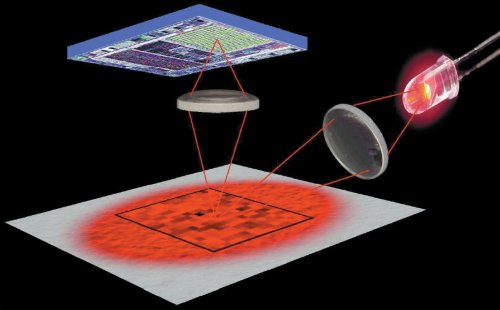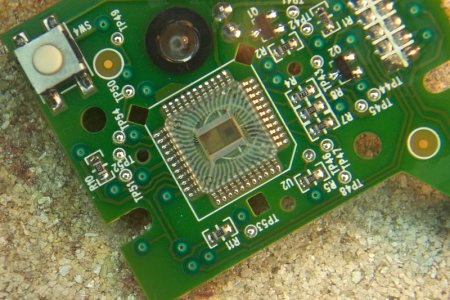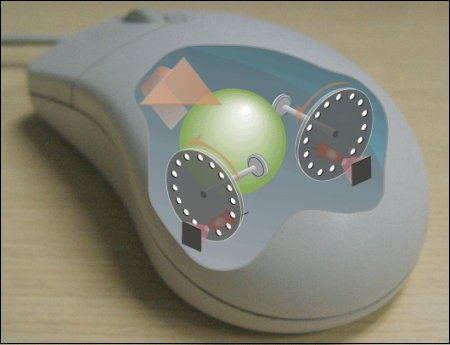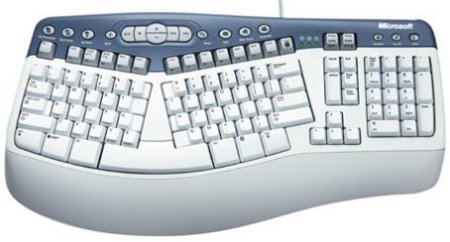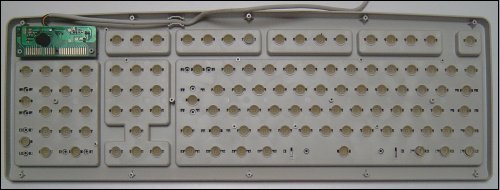A touchscreen is an intuitive computer input device that works by simply touching the display screen, either by a finger, or with a stylus, rather than typing on a keyboard or pointing with a mouse. Computers with touchscreens have a smaller footprint, and can be mounted in smaller spaces; they have … [Read more...]
Input Device Interfaces
Like the original IBM PC, 1984's IBM PC AT keyboard used a full-size 5-pin DIN connector. IBM's second-generation PS/2 PCs, first released in 1987, introduced a new specification for the keyboard and mouse interfaces, which … [Read more...]
Joysticks
A joystick is a PC peripheral or general control device consisting of a handheld stick that pivots about one end and transmits its angle in two or three dimensions to a computer. Most joysticks are two-dimensional, having two axes of … [Read more...]
Trackballs
A trackball is a pointing device consisting of a ball housed in a socket containing sensors to detect rotation of the ball about two axes - like a mouse lying on its back. The cursor is moved about the screen by a user rolling the ball with … [Read more...]
Laser Mice
In 2004, Logitech, with the help of technology innovator partner Agilent Technologies, took the first step beyond LED illumination with the unveiling of a true, next-generation engineering breakthrough - laser illumination and tracking. The … [Read more...]
Cordless Input Devices
Following on from the introduction of the optical mouse, the logical progression was to combine the precision of optical technology with the freedom of movement afforded by a wireless device. It wasn't long before this dream was realised, with the introduction specialist peripheral manufacturer … [Read more...]
Optical Mice
Early optical mice used an infrared LED to detect the movement the mouse pad, rather relying on the traction between the mouse ball and the rollers. While this type of mouse was more accurate than an optical mechanical mouse, and avoided the … [Read more...]
Opto-Mechanical mice
The mouse was invented by Douglas Engelbart of Stanford Research Institute in 1963. The first devices were bulky and used two gear wheels perpendicular to each other: the rotation of each wheel was translated into motion along one axis in … [Read more...]
Ergonomic Keyboards
Carpal tunnel syndrome (CTS) is a medical condition - more common in women than it is in men - in which the median nerve is compressed at the wrist causing symptoms like tingling, numbness, night time wakening, pain, coldness, and sometimes … [Read more...]
Keyboards
A computer keyboard is a peripheral modelled on the typewriter keyboard. Keyboards are designed for the input of text and characters, and also to control the operation of the computer. Physically, computer keyboards are an arrangement of … [Read more...]
